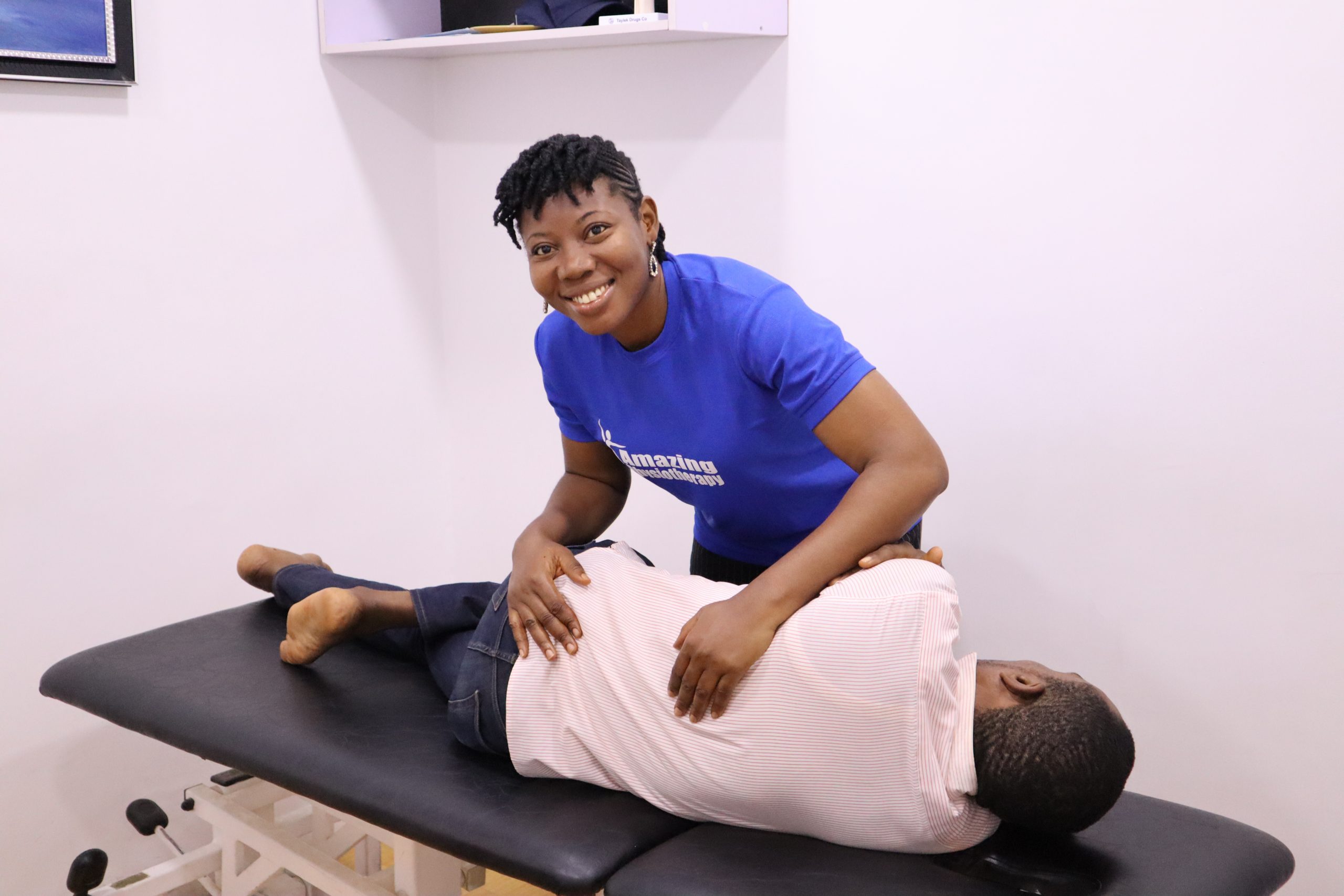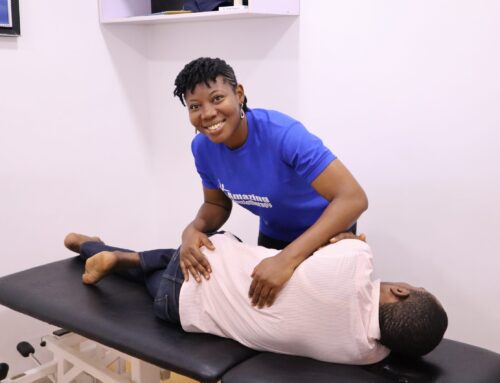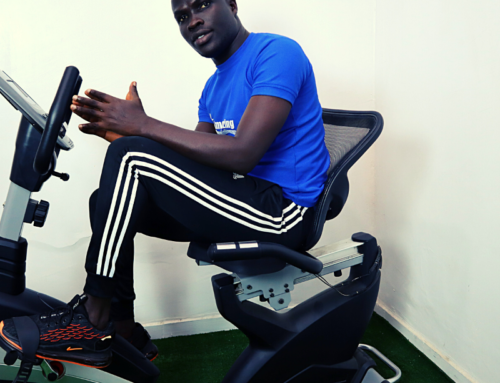Few years back a middle aged man walked into my office and his only complaints was an excruciating pain in the waist line and a tingling sensation running down his legs from his buttocks, that occasionally moves to the front thigh.
To cut the long story short, it all started after his flight few days back. His question was, “what have I done wrong? how could I have prevented this pain?”
Let me explain!!!
Cramped legroom, uncomfortable seating and being confined to a small space all contribute to lower back pain a substantial amount of people let’s say 75% have their back pain increased after a long trip and most people rely on painkillers afterwards to ensure it doesn’t disturb them (not a good way to go about it).
The focus of this article, therefore, is to share with you some quick and simple tips that can guarantee a safe and pain free travel any time.
- Get a Comfortable Seat
Sitting for prolonged periods adds strain to the structures of the low back, and poor posture puts even more stress on your spine.
Make sure that your back is aligned against the back of your seat in a sitting position and that your headrest is supporting the middle of your head. Also Keep the shoulders straight and avoid hunching forward.
Make sure both feet are firmly resting on the floor or on a footrest.
If you are driving, adjust the seat and steering wheel to a comfortable position to avoid reaching for the wheel.For many people with back pain or neck pain, the prospect of a long trip can be daunting. The seats in cars, airplanes, buses, and trains aren’t always the most comfortable either and sitting still for an extended period of time can in and of itself aggravate painful areas in the back and neck.
This tip is important to help reduce or avoid overall back pain and discomfort while traveling.
- Ice and Cold Compress
If back pain does flare up while you’re traveling, one of the fastest ways to get relief is applying a cold pack or alternating ice and heat.
When traveling, materials such as ice and hot packs are usually easily accessible and affordable.
For example, you can fill any type of plastic bag with ice and apply it to the painful area – an instance is placing a small bag of ice between your lower back and the seatback while you’re driving or sitting in a plane or train.
Commercial heat wraps like hot water bottles are available that wrap around the middle of the body and incorporate heating units in the low back area of the band.
Such types of heat wraps last for several hours, making them ideal to provide back comfort during lengthy travel.
However, too much heat can add to swelling and therefore, alternating ice and heat for 10-15 minutes each, and avoiding prolonged heat is best.
- This Next Tip Might Seem Self-Explanatory, MOVE Around and Stretch.
How often do we get up and move?
Unless you sleep well and plan to nod off for the entire journey, you’ll probably do yourself a good favor by Moving and stretching if you have the opportunity.
Passengers should form the healthy habit of stretching and moving around at any slight opportunity or a stop point.
If that is not possible, you can actively rolls your legs, stretch your arms while sitting or consider getting down from the car at stop over points to stretch.
For airborne clients it is much easier because you have the ability to walk around in the cabin.
Frequent stretches aid circulations and can prevents cramps.
If we sit for a prolonged period, some of the chairs might be too weak to support our body weight and starts to create uneven pressure from the depression our body makes on such seats.
Sitting for too long creates aches and tightness to our back
If you want more tips to ease back pain, you can download my free report that shows you ways to ease back pain
naturally –Click here to get a copy






Leave A Comment